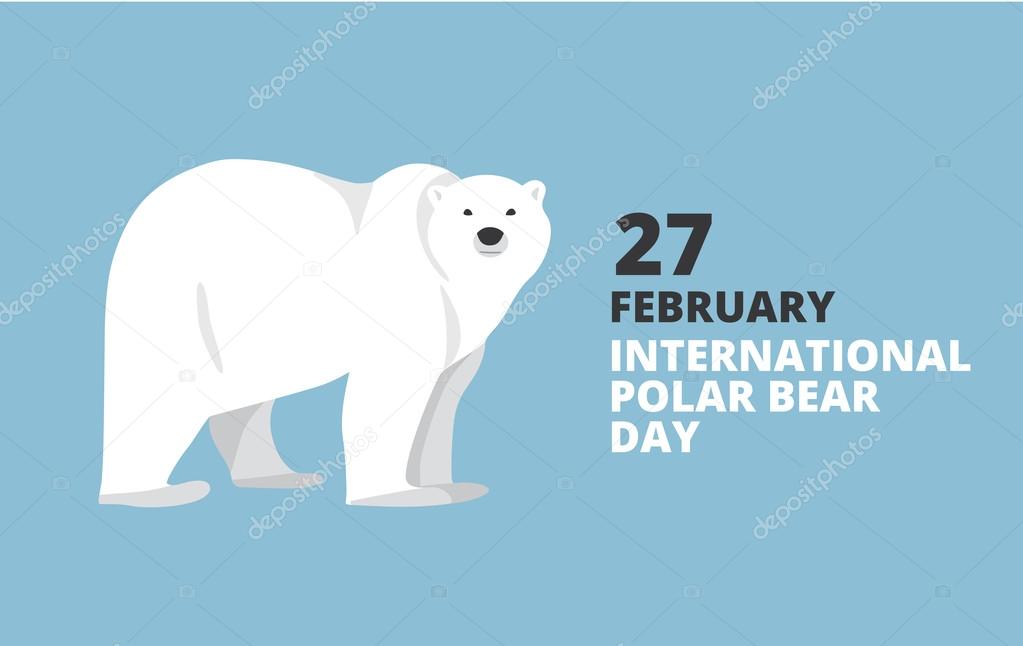“The polar bear for many has become a living symbol of the dangers of global warming. The powerful kings of the arctic are finding their habitat shrinking.” – Sam Champion
Happy International Polar Bear Day from Project Jatropha! International Polar Bear Day is celebrated on February 27 each year.
It is celebrated to raise awareness on the issues facing polar bears and the ways in which we can stop polar bears’ population from going extinct due to the climate change. Research findings show that more than two-thirds of the Polar Bear population may be gone within the next 30 years due to pollution and climate change (iHeart, 2018, Gabriel Pabon).
There are approximately 25,000 polar bears left in the wild. Polar bears, also known as keystone species, hold the arctic ecosystem together. If keystone species become unhealthy, then the entire ecosystem is in jeopardy. They’re considered as key species that define the health of the ecosystem. Seals are a part of the polar bear’s diet. Due to global warming, the disappearing ice sheets are putting an enormous stress on their food chain. If they can’t hunt for that food source due to the decline of sturdy ice platforms, they’ll hunt for other arctic species, placing an enormous competition for the same food source that arctic foxes and other arctic creatures rely on.
Snowy owls, also known as scavengers, depend on big kills that are left behind by polar bears. With seals not being hunted, there will be a rise in the seal population. Seals depend on crustaceans and fish, as important food sources. This threatens the crustaceans and fish population, which are important food sources for local human population and other Arctic wildlife, so it is very important to keep the polar bears healthy and make sure they don’t become extinct because they play an irreplaceable role in the health of the Arctic ecosystem.
Now that we know how important polar bears are, it is time for us to save polar bears by adapting ourselves to a more eco-friendly lifestyle, such as reducing the thermostat in the winter, walking instead of driving, and using public transportation. Burning less fossil fuels, recycling plastic, and reducing greenhouse gasses will help reduce pollution and reverse climate change. We can invest in renewable energy resources such as solar and wind power to meet the growing needs of our population and help reduce pollution and climate change, which affect the bear’s habitats. Let’s all work together in saving the polar bears and the environment.
(n.a., “Trophic Levels and Energy Flow”, Weebly, n.d., https://arcticbiome-ejf.weebly.com/trophic-levels-in-the-arctic.html, Accessed 23 Feb. 2023)

Recent Comments